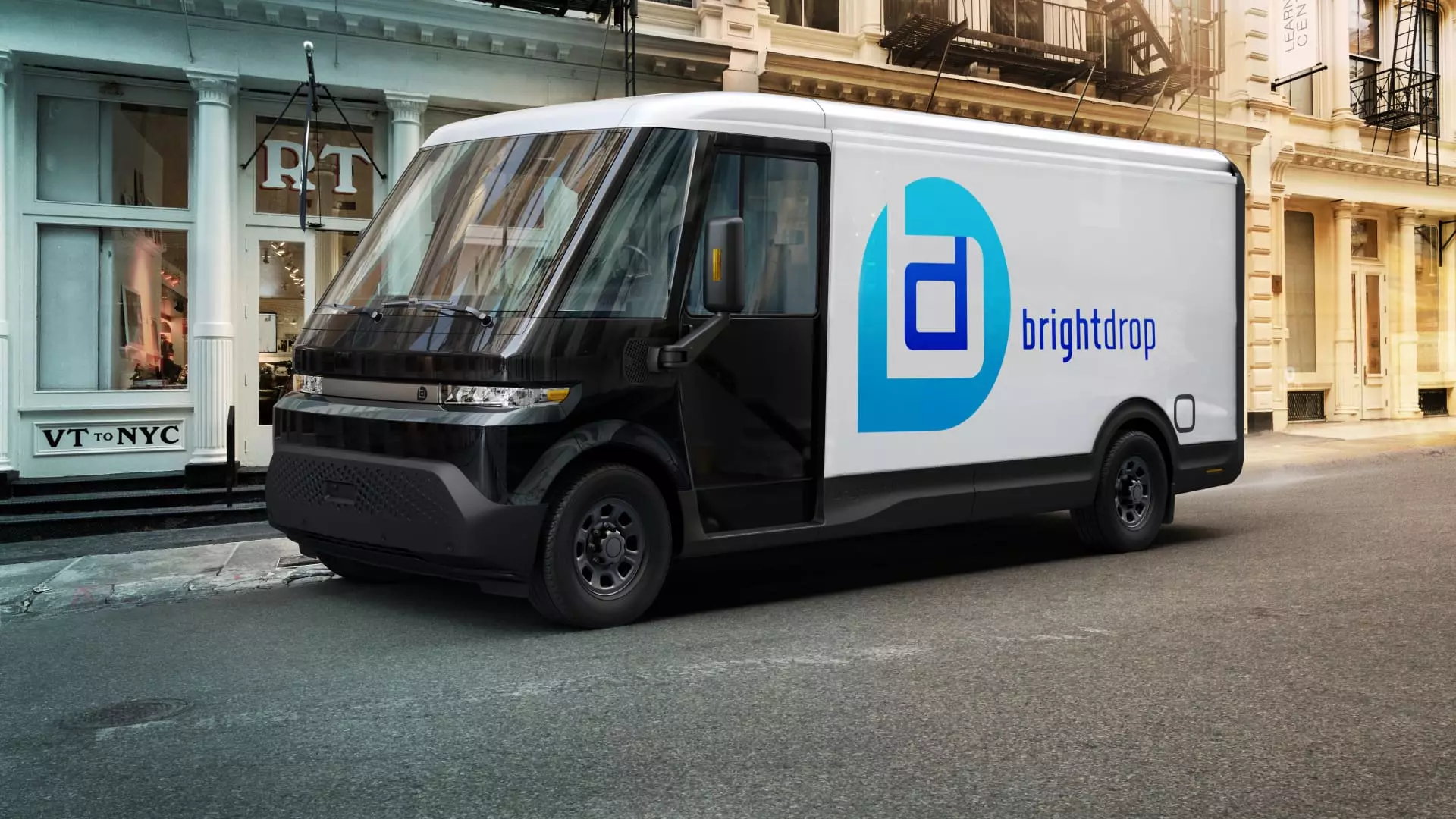In a gut-wrenching turn of events, General Motors (GM) has announced recent cuts to production at its CAMI assembly plant in Ontario, Canada, resulting in the loss of 500 jobs. As the world increasingly shifts toward electric vehicles (EVs), the decision to reduce operational shifts from two to one raises significant questions about GM’s strategy and the viability of its BrightDrop initiative. Launched in 2021, BrightDrop was presented as a key player in the burgeoning EV delivery market, yet with sales stagnating and revenue expectations unmet, this ambitious venture is beginning to look less like a pioneering success and more like a cautionary tale.
Market Demand vs. Mismanagement
The crux of GM’s rationale for these cutbacks revolves around market demand. The automaker claims that it is diligently trying to “rebalance inventory,” yet the evidence suggests a deeper malaise. The reality is that when a company experiences such catastrophic underperformance—selling about 2,000 of the electric vans since last year against a projected $1 billion in revenue—it begs the question: has GM misjudged the market from the outset? A critical analysis points to not merely an issue of demand but perhaps a fundamental misalignment in the organization’s vision and execution.
The market’s apparent disinterest in BrightDrop’s offerings cannot be dismissed lightly. As more players enter the EV space, consumers are being given a plethora of options that may overshadow GM’s once-grand vision. While the American automaker aims to reassert itself in a rapidly changing landscape, its struggles signal potential misjudgments in product appeal, timing, or marketing strategies.
The Ripple Effect of Job Losses
The heart of this situation lies with the workers affected by GM’s decisions. Lana Payne, president of Unifor, labeled the job cuts as a “crushing blow” to families in Ingersoll. This sentiment encapsulates the broader societal impact of corporate decisions that prioritize balance sheets over job security. The econometric effects of losing jobs are far-reaching; they ripple through communities and erode local economies. Those in leadership positions at GM must see that their short-term strategies are leading to long-term repercussions not only for the business but for society as well.
Furthermore, it is an essential flaw in corporate America that often, the aspirations of large automakers are not met with equally infused efforts from governmental bodies to safeguard jobs and promote American-made products. During such tumultuous times, the plea for reliable domestic support cannot be understated.
Tariffs and the Broader Economic Landscape
While GM has publicly distanced the job cuts from the legacy of Trump’s tariffs, the narrative of industry turmoil cannot be separated from the effects of trade policy. The repercussions of heightened tariffs have created economic shifts that destabilize emerging industries, stifling innovation instead of nurturing it. Striking a precarious balance between protectionism and free market facilitation will require policymakers to engage more constructively with industries like EVs, rather than retreating into outdated frameworks that jeopardize future viability.
The unfolding saga of GM’s BrightDrop serves as a critical reminder that without real commitment to innovation and diligent market analysis, even the most promising ventures can plummet into obsolescence. The community, industry leaders, and government must collaborate to ensure that the transition to electric mobility does not come at the cost of local economies or the livelihoods of hardworking Americans.

